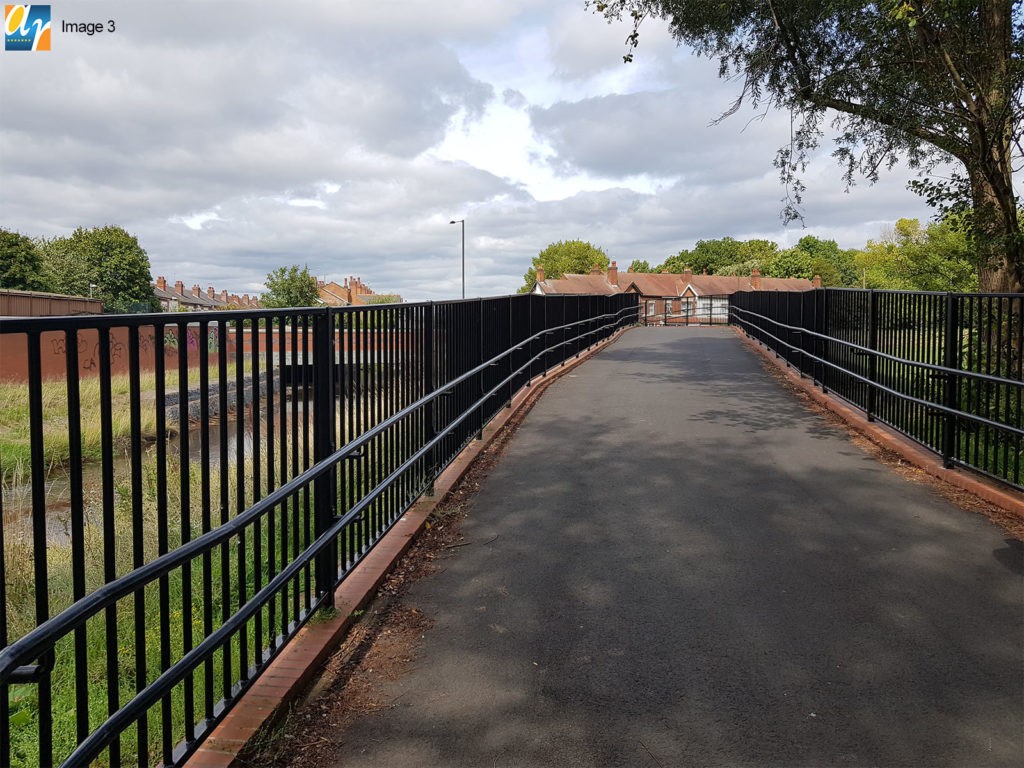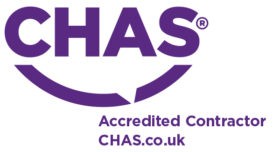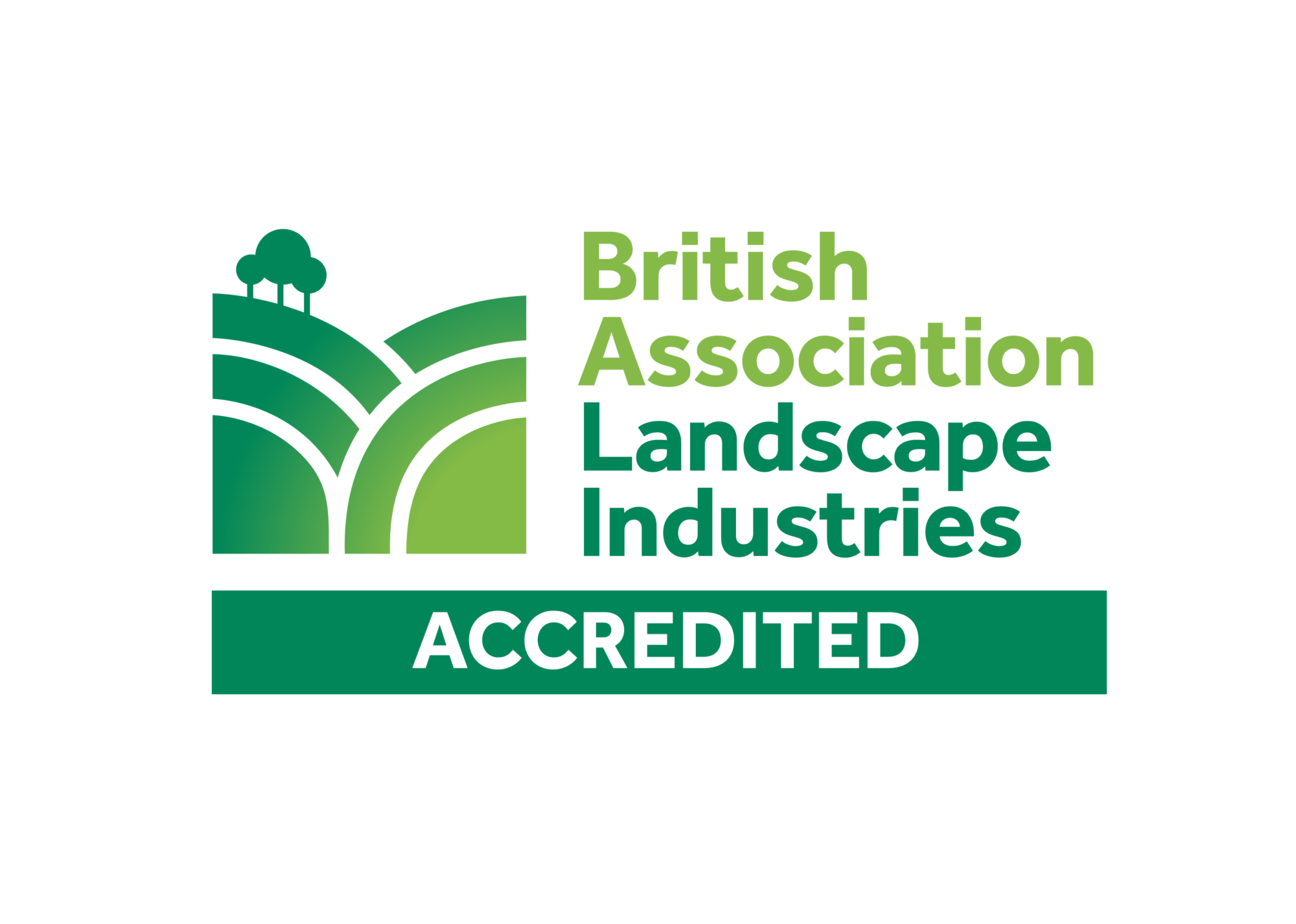Guardrail Requirements
According to The UK’s Building Regulations Part K, fall protection and guardrail are requirements that all contractors, builders and workers are expected to follow for building safety. Being compliant with building regulations and ensuring workers’ safety is very important. In this blog post, we will discuss the guardrail requirements.
When is a guardrail required in the UK?
Installing guardrails is a way of making sure that workers follow all the procedures to avoid any accidents that can present a danger to their health.
In the UK, standards that relate to guardrail requirements are discussed in these documents:
- Workplace Health Safety & Welfare Regulations 1992
- BS 6180 Protective barriers In and About Buildings 1999
- The Building Regulations Part K 2013
- HSE Specialist Inspectors Report No 15 1987
- BS 6399 Part 1 Loading for Building 1996
- BS 6399 Part 2 Code of Practice for Wind Loading 1997
- Construction Health, Safety and Welfare Regulations 1996
- HSE Health & Safety in Roofwork 2012
- EN 13374 Temporary Edge Protection Systems – Product Specification, Test Methods 2013
- EN 14122-3 Safety of machinery
- Permanent means of access to machinery, stairways, stepladders and guardrails 2010
- The Work at Height Regulations UK 2005
At what height is a guardrail required?
In general, protective guardrails are required when a building has steps, platforms, landings or accessible rooftops, where differences between upper and lower levels could be a danger if someone fell from a higher surface. The UK’s Building Regulations Part K state that a guardrail must have two horizontal rails of 1,100mm height as a minimum and must be able to withstand an equally distributed load of 0,74kN per metre with a point load of 0.5kN. If you are not sure what would be the best solution for your building, the best idea is to arrange for a Work at Height Risk Assessment, which is carried out by an adequate specialist.
Balustrades can be also required in cases such as:
- Residential property – regulations require that a balustrade needs to be installed when there are stairs, landings or raised areas in a family home, where the difference between the levels is more than 600mm
- Other buildings – for commercial buildings regulations require that a balustrade needs to be installed when the difference between the levels is 380mm.
- Footbridges, and pathways – in these cases guardrails are used for public safety to prevent pedestrians from falling or walking in the live traffic.
Contact us
At Alpha Rail, we supply a range of guardrails that comply with the requirements. If you are looking for a guardrail for your project please contact us on 01623 750 214 or at websales@alpharail.co.uk. Alternatively, you can fill out the form down below. Our team will discuss the best options with you.




![AFI [MEMBER]](https://alpharail.co.uk/wp-content/uploads/2019/01/AFI-MEMBER-e1556273719380.png)





